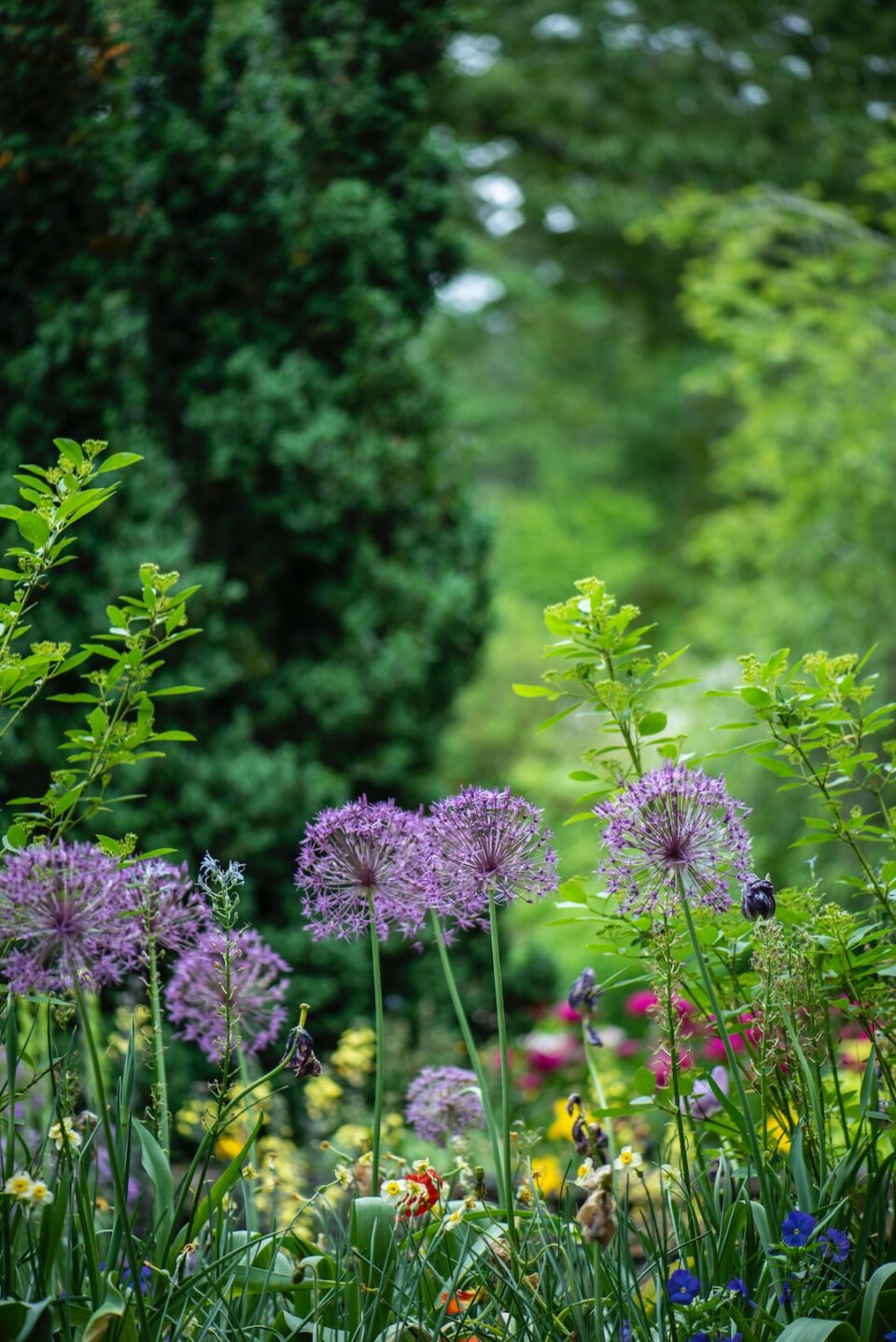The Art of Bonsai: Cultivating Miniature Trees in Your Garden
For centuries, the art of bonsai has captivated and enchanted enthusiasts worldwide. The term “bonsai” itself, derived from the Japanese words “bon” meaning tray or pot, and “sai” meaning tree or plant, perfectly encapsulates the essence of this art form. Bonsai is the practice of cultivating and shaping miniature trees, replicating the beauty and tranquility of full-sized trees in a small-scale landscape.
Originating in China over a thousand years ago, bonsai was later embraced and refined by Japanese monks, who elevated it to new heights. As time went by, bonsai spread across the globe, captivating the hearts of gardening enthusiasts and artists alike. Today, bonsai has become a symbol of patience, discipline, harmony, and a deep appreciation for nature.
Cultivating a bonsai tree is more than just gardening; it is an art that requires careful nurturing, meticulous attention to detail, and a deep understanding of the tree’s needs. While many assume that bonsai trees are a specific type of tree, the truth is that almost any tree can be turned into a bonsai with proper care and techniques.
Before embarking on your bonsai journey, it is essential to choose the right tree. Look for species that are suitable for the climate and environment in which you live. Common choices include the juniper, pine, maple, and elm trees. Opt for a young plant or sapling, as they are easier to train and shape compared to mature trees.
The next step is to select an appropriate container. Bonsai pots come in various shapes and sizes, each serving a different purpose. The pot should complement the style and size of the tree, providing a balanced and harmonious aesthetic. Remember that bonsai is about creating a tiny, natural-looking landscape, so choose a pot that reflects that vision.
Proper care and maintenance are crucial in the art of bonsai. It is essential to pay close attention to the tree’s water, light, temperature, and nutritional needs. Unlike their full-sized counterparts, bonsai trees are confined to small containers, making them more vulnerable to environmental changes. Regularly monitor the soil’s moisture levels and adjust watering accordingly. Too much water can drown the roots, while insufficient water can cause the tree to wither.
In addition to water, light is a vital element in bonsai cultivation. Most bonsai trees require bright, indirect sunlight for optimal growth. Position your tree near a window or outdoors, ensuring it receives the necessary sunlight throughout the day. Be mindful of extreme temperatures and protect your bonsai from frost, excessive heat, and strong winds.
One of the most captivating aspects of bonsai is the shaping and pruning of the tree, mimicking the natural growth patterns of full-sized trees. Regular pruning helps maintain the desired shape and size of the bonsai, promoting healthy growth and enhancing its overall aesthetic appeal. Utilize specialized tools such as concave cutters, branch cutters, and wire to carefully shape your tree, showing great respect for its natural elegance.
Patience is vital in bonsai cultivation. It takes years, even decades, for a bonsai tree to reach its full potential. Embrace the slow pace of the art form and enjoy the process of tending to your miniature tree. As the years go by, you will witness the tree’s transformation, observing its branches grow, leaves flourish, and the trunk gain character.
Bonsai trees are not merely living sculptures; they are companions that reflect the beauty and resilience of nature. Caring for a bonsai tree requires mindfulness, patience, and a deep connection with the natural world. The art of bonsai instills a sense of tranquility and mindfulness, providing a respite from the fast-paced world we live in.
So, why not embark on a bonsai journey and create your miniature oasis in the comfort of your home or garden? Cultivate a p

